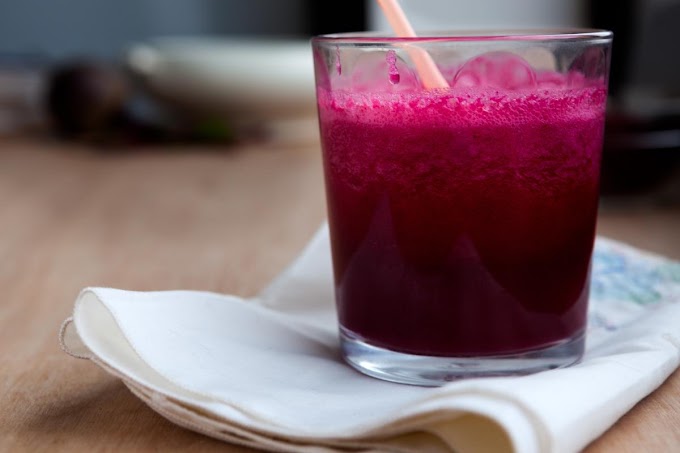Why Fresh Spinach?
Before diving into the cooking process, it’s important to understand why fresh spinach is such a great choice for pasta dishes. Spinach is a powerhouse of nutrients, including vitamin A, vitamin C, folate, iron, and calcium. It’s low in calories but high in fiber, making it a great choice for those looking to add more greens to their diet without sacrificing flavor.
When added to pasta, spinach brings a subtle earthy flavor and a pleasing texture that contrasts nicely with the softness of the pasta. Unlike its frozen counterpart, fresh spinach retains more of its delicate flavor and texture when cooked properly
Preparing Fresh Spinach
Before cooking, it's crucial to properly prepare your spinach. Fresh spinach can carry dirt and sand, so thorough washing is essential.
Rinse the Spinach: Place the spinach leaves in a colander and rinse them under cold running water. Gently swish the leaves around to remove any dirt. If the spinach is particularly dirty, you may want to soak it in a large bowl of water for a few minutes, then drain and rinse again.
Remove the Stems: While the stems of spinach are edible, they can be tough and fibrous. For a more tender dish, consider removing the stems. This is particularly important for mature spinach leaves, which tend to have thicker stems. Simply pinch the stem where it meets the leaf and pull it away.
Dry the Spinach: After washing, it’s important to dry the spinach to prevent it from becoming soggy during cooking. You can use a salad spinner to remove excess water or pat the leaves dry with a clean kitchen towel or paper towels.
Cooking Methods
There are several ways to cook spinach for pasta, depending on the texture and flavor you're aiming for. Here are some of the most common methods:
1. Sautéing
Sautéing is one of the quickest and easiest ways to cook spinach, and it results in a tender, flavorful addition to your pasta.
Steps:
Heat a tablespoon of olive oil or butter in a large skillet over medium heat.
Once the oil is hot, add minced garlic or shallots for extra flavor. Cook until fragrant, about 1 minute.
Add the spinach to the skillet. You may need to do this in batches, depending on the amount of spinach. Spinach wilts down significantly, so don’t worry if the skillet seems overcrowded at first.
Stir the spinach constantly until it wilts, which should take 2-3 minutes. Season with salt, pepper, and a squeeze of lemon juice if desired.
Once wilted, remove the spinach from the heat. You can mix it directly into your pasta, or set it aside and add it when plating.
2. Blanching
Blanching spinach involves briefly boiling the leaves, which helps retain their vibrant green color and tender texture.
Steps:
Bring a large pot of salted water to a boil.
While waiting for the water to boil, prepare an ice bath by filling a large bowl with cold water and ice.
Once the water is boiling, add the spinach. Blanch the leaves for about 30 seconds to 1 minute, just until they turn bright green.
Quickly transfer the spinach to the ice bath to stop the cooking process. This step is crucial to maintaining the spinach's vibrant color and prevent it from overcooking.
After a minute or so in the ice bath, drain the spinach thoroughly. You can gently squeeze out excess water using your hands or a clean kitchen towel.
Blanched spinach can be added directly to your pasta, or sautéed briefly with garlic and olive oil for additional flavor.
3. Steaming
Steaming is another gentle method that preserves the nutrients and bright color of spinach.
Steps:
Place a steamer basket in a pot with a few inches of water. The water should not touch the bottom of the basket.
Bring the water to a boil over medium heat.
Add the spinach to the steamer basket. Cover the pot and steam for 2-3 minutes, or until the spinach wilts.
Remove the spinach from the steamer and season with salt, pepper, and a drizzle of olive oil or lemon juice.
Like blanched spinach, steamed spinach can be added directly to your pasta or sautéed for extra flavor.
Incorporating Spinach into Your Pasta
Once your spinach is cooked, it’s time to incorporate it into your pasta dish. Here are a few ideas:
Classic Spinach and Garlic Pasta: Toss your cooked spinach with al dente pasta, olive oil, sautéed garlic, and a pinch of red pepper flakes. Top with freshly grated Parmesan cheese for a simple yet satisfying meal.
Creamy Spinach Pasta: Stir cooked spinach into a creamy sauce made with heavy cream, garlic, and Parmesan. Combine with your favorite pasta shape for a rich, comforting dish.
Spinach and Tomato Pasta: Mix spinach with fresh or sun-dried tomatoes, garlic, and olive oil. The acidity of the tomatoes complements the earthiness of the spinach perfectly.
Pesto Pasta with Spinach: Blend fresh spinach into a basil pesto for an extra nutrient boost. Toss the pesto with pasta and top with toasted pine nuts and Parmesan.
Spinach and Ricotta Stuffed Shells: Use cooked spinach as a filling for pasta shells, combined with ricotta and Parmesan cheese. Top with marinara sauce and bake until bubbly.
Tips for Cooking Spinach
Don’t Overcook: Spinach cooks very quickly. Overcooking can cause it to become mushy and lose its vibrant green color. Aim to cook it just until wilted.
Seasoning Matters: Spinach has a delicate flavor that can be easily overwhelmed. Simple seasonings like garlic, lemon juice, and olive oil work best.
Combine with Other Ingredients: Spinach pairs well with a variety of ingredients, from creamy sauces to tangy tomatoes. Don’t be afraid to experiment with different flavor combinations.
Final Thoughts
Cooking fresh spinach for pasta is a simple process that can elevate your dish both nutritionally and aesthetically. Whether you prefer it sautéed, blanched, or steamed, spinach is a versatile ingredient that adds a touch of freshness to any pasta dish. With these tips and techniques, you'll be able to cook spinach to perfection every time, creating pasta dishes that are both healthy and delicious.
So the next time you’re making pasta, consider adding fresh spinach to the mix. It’s an easy way to boost the flavor and nutritional value of your meal, making it as satisfying as it is wholesome. Enjoy!








Social Plugin